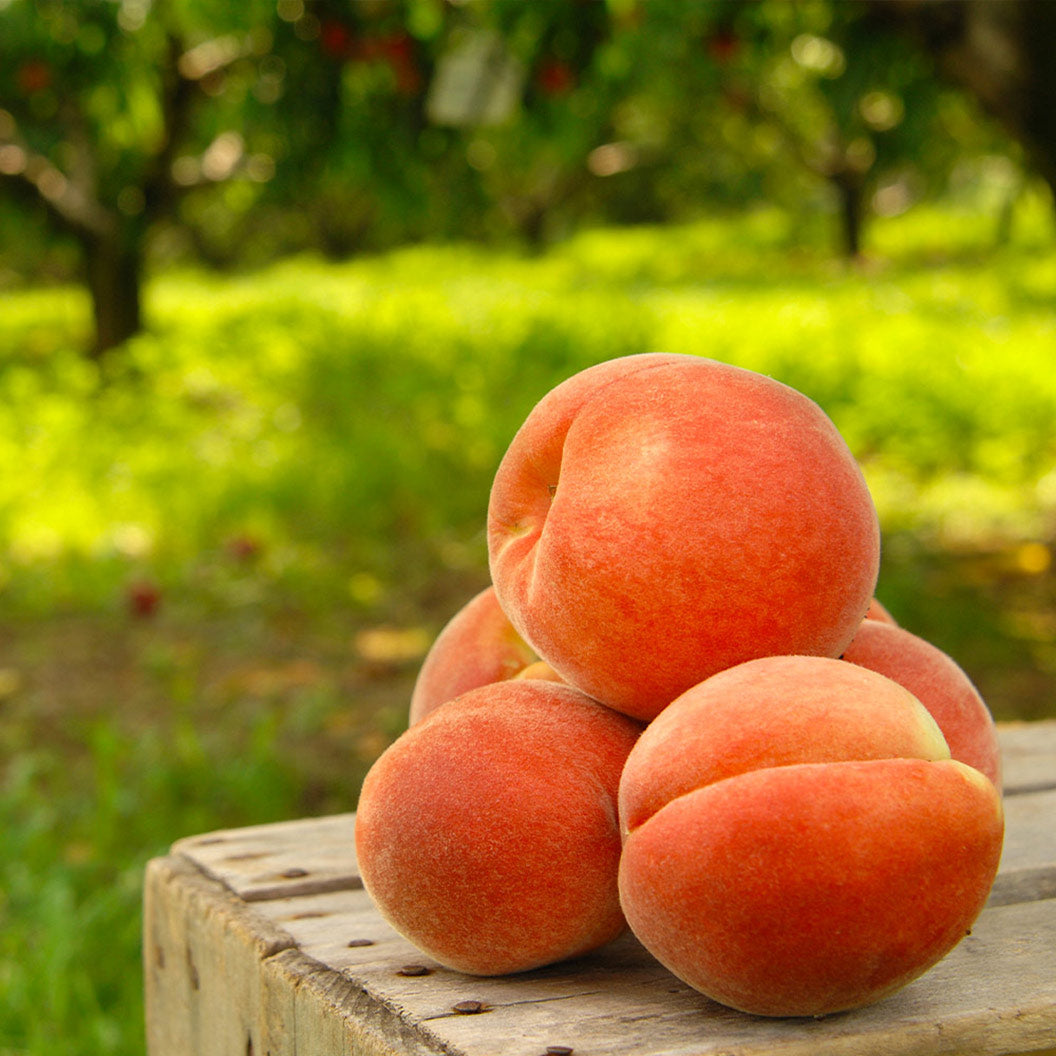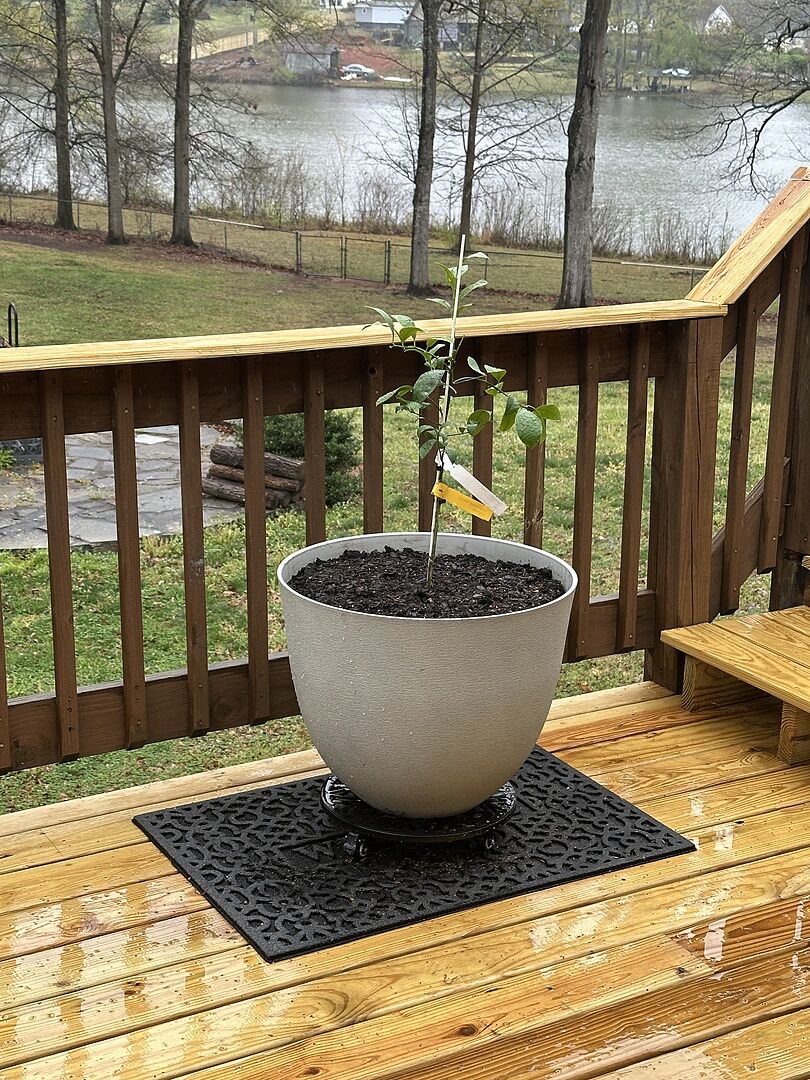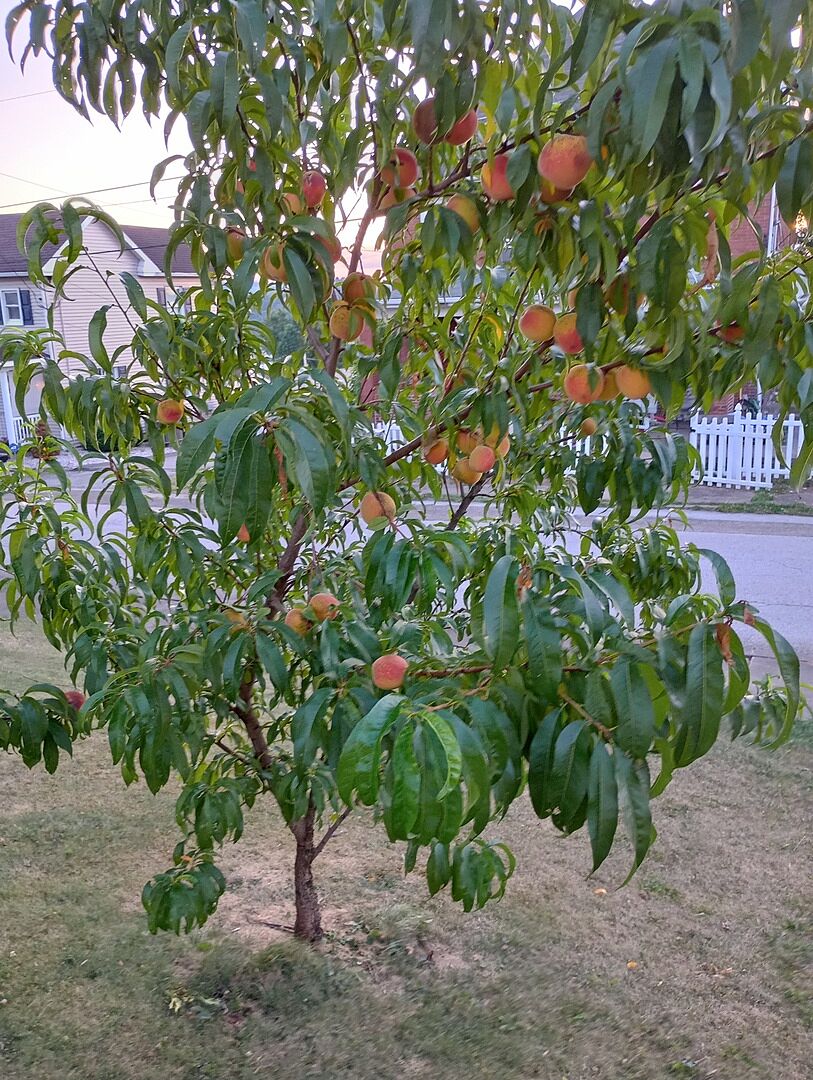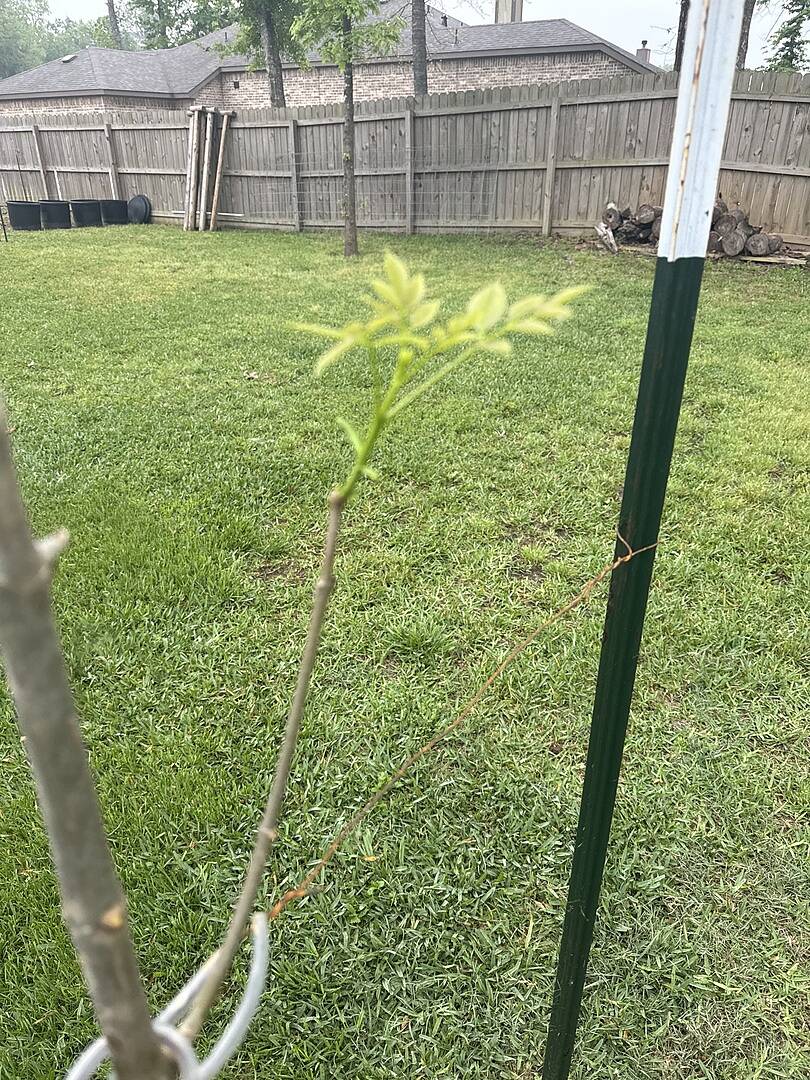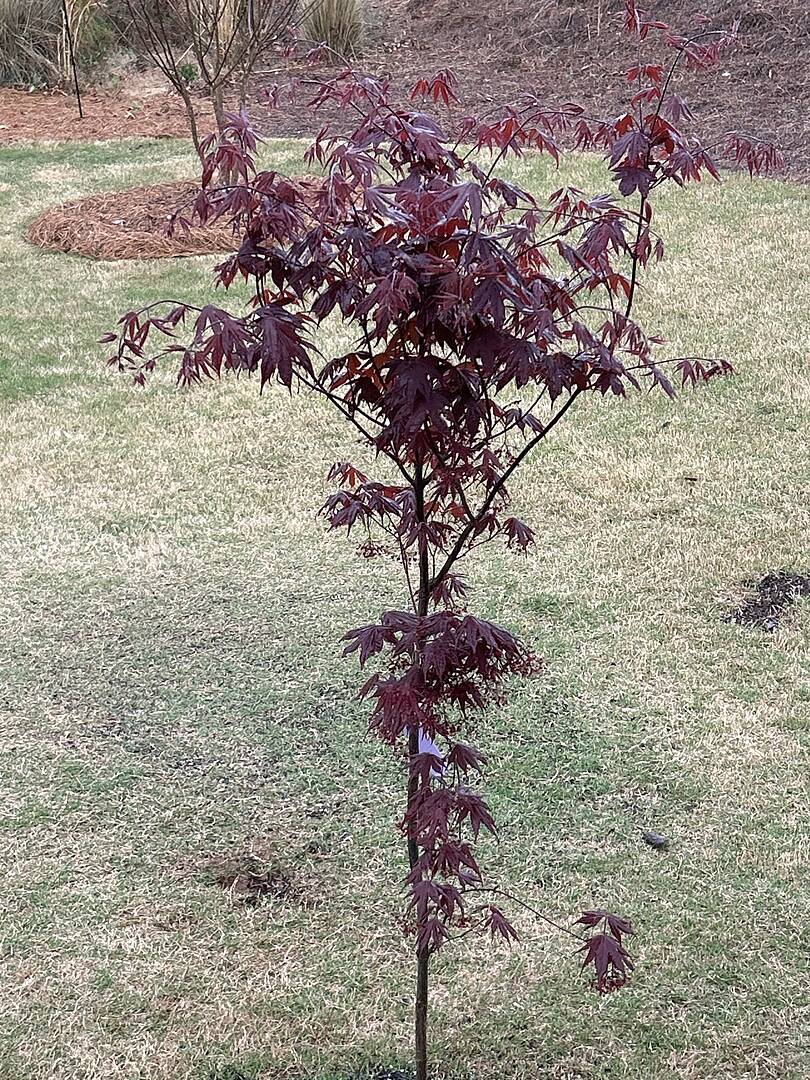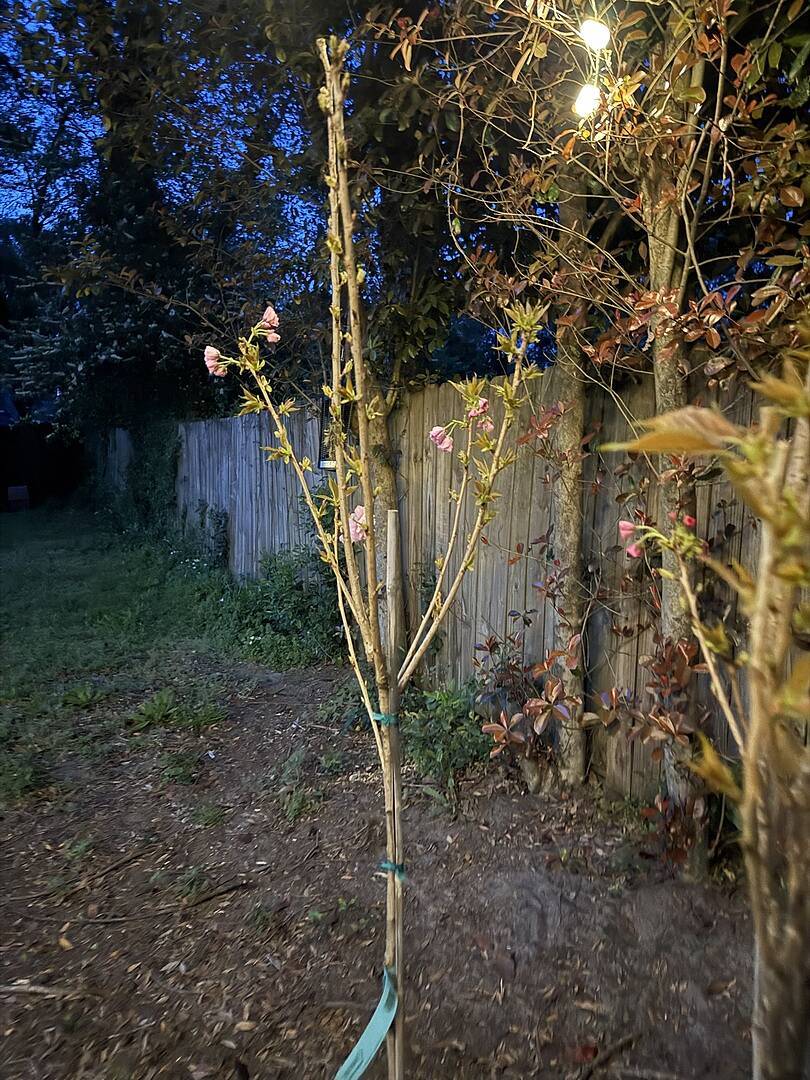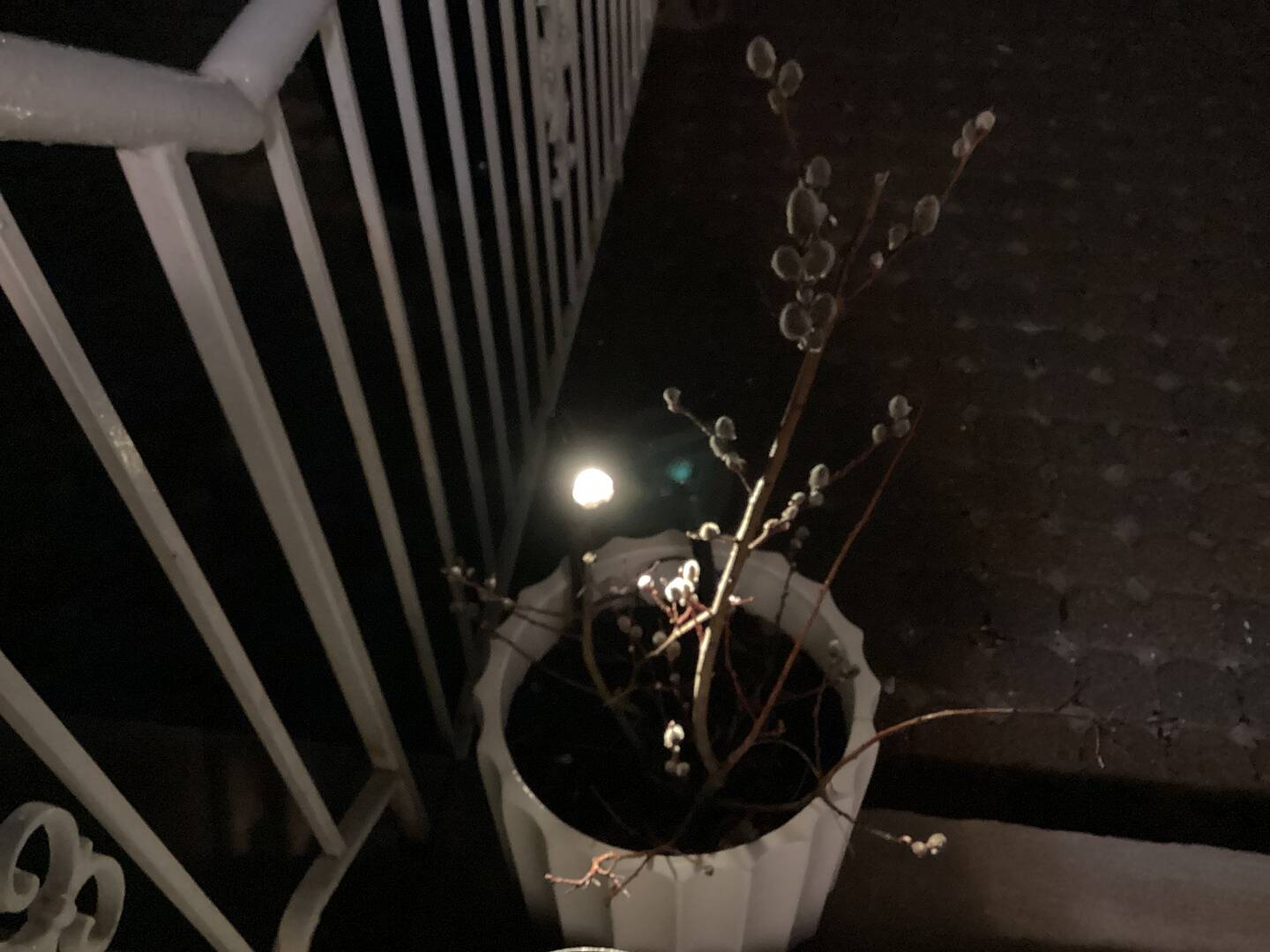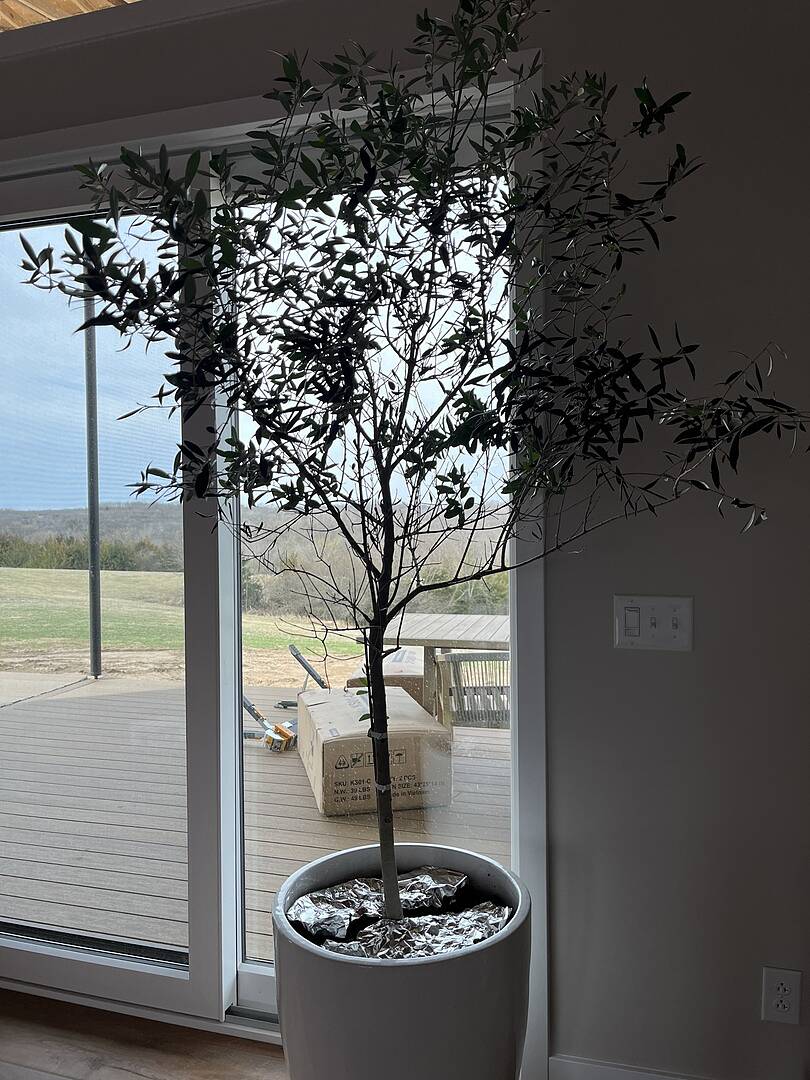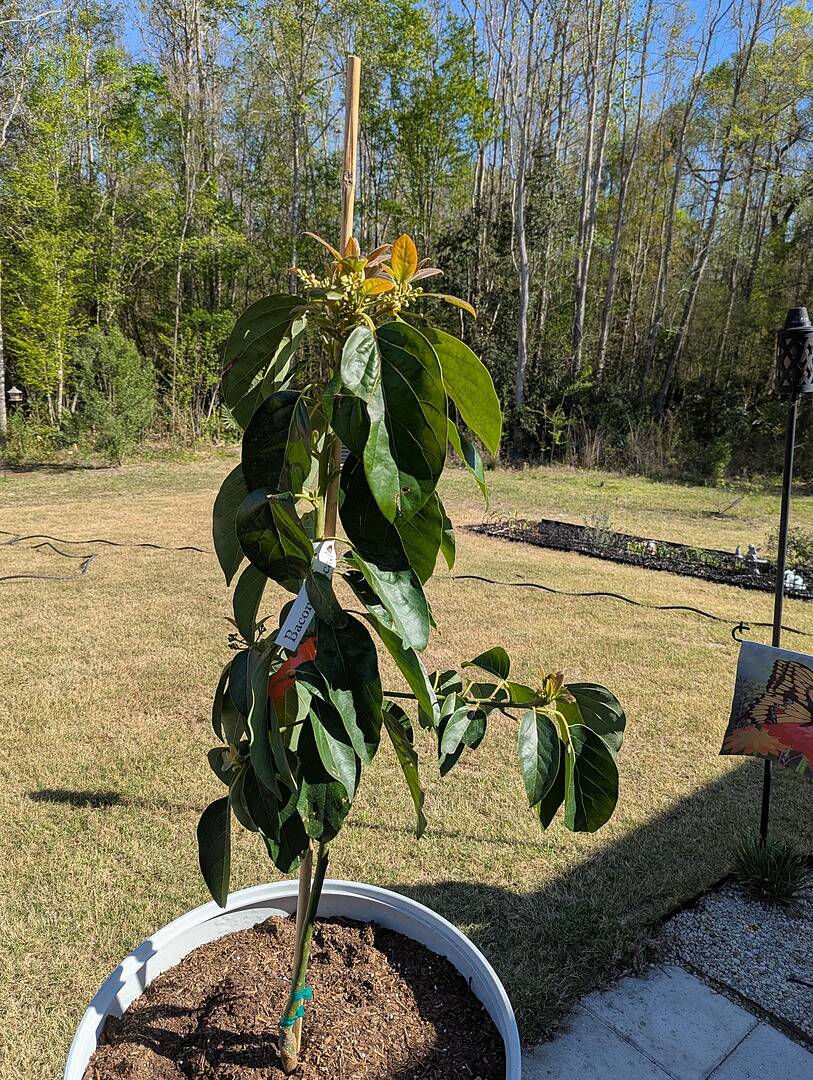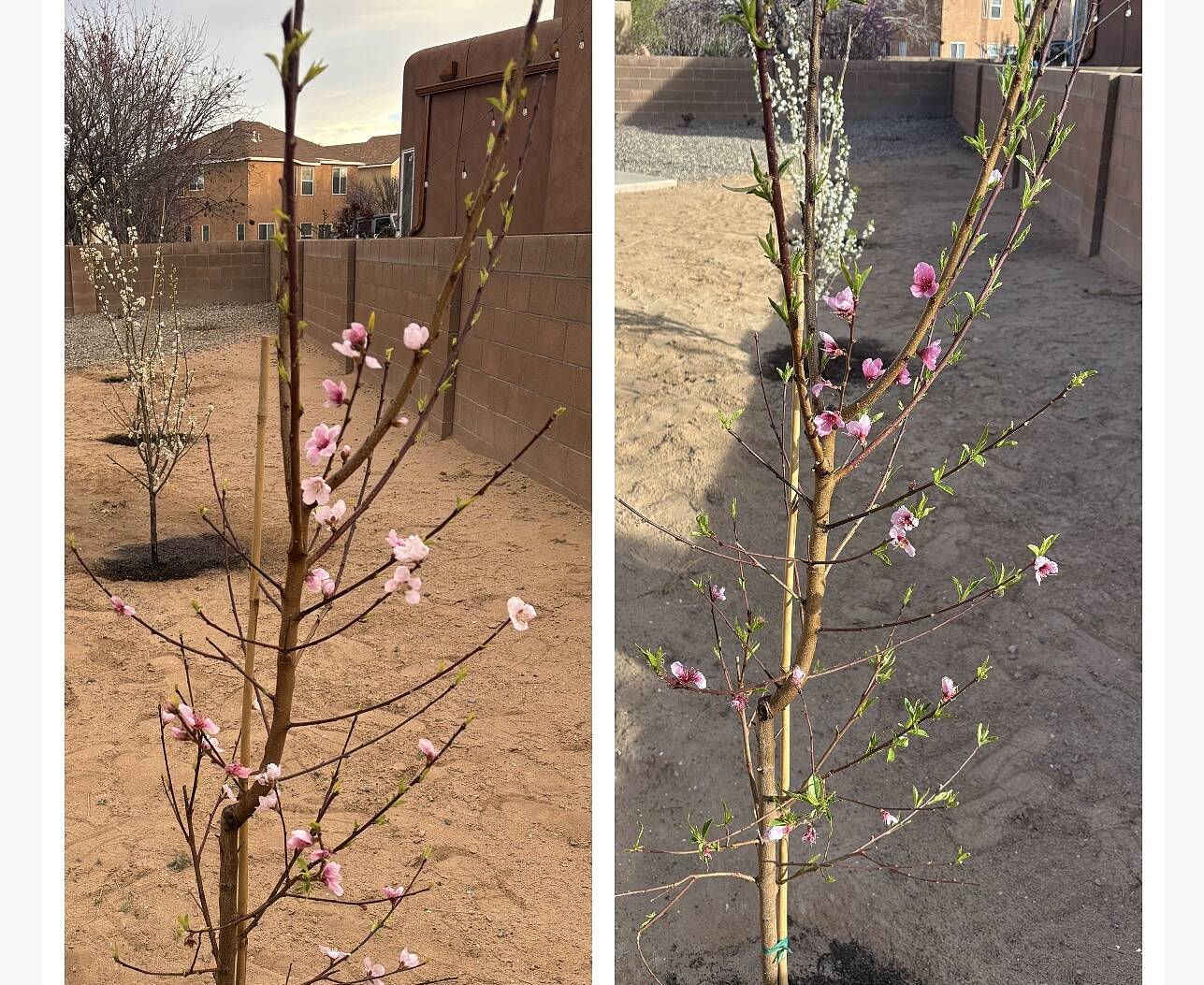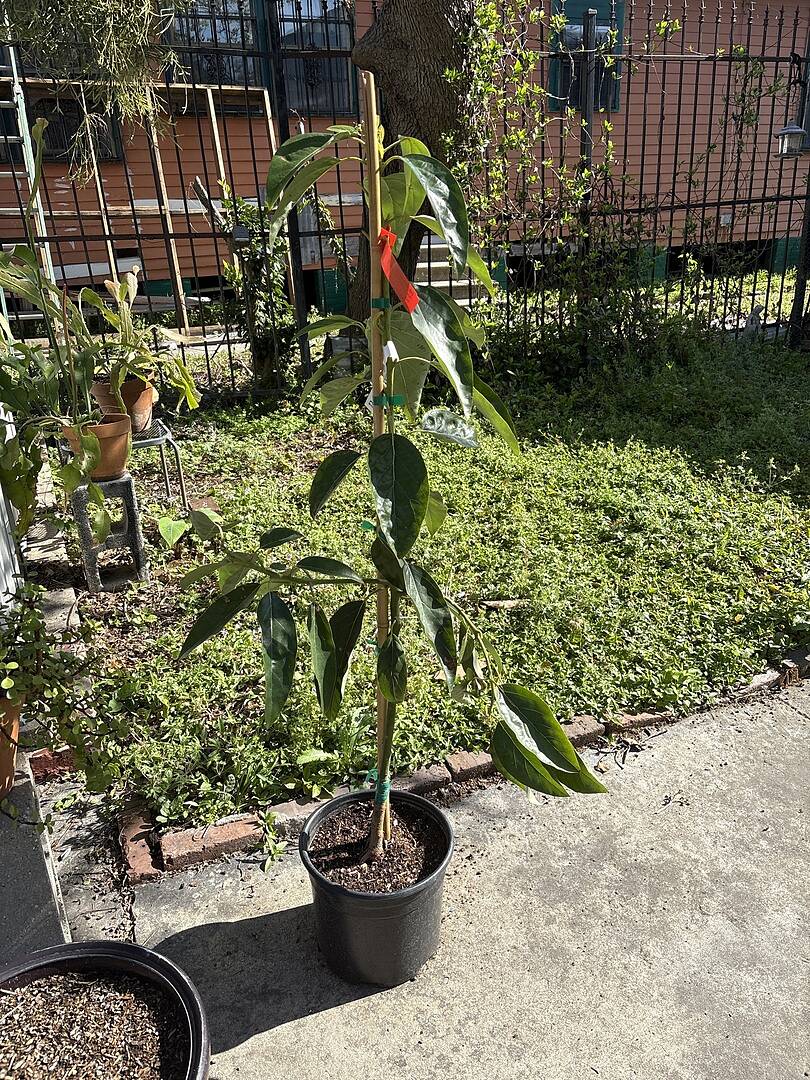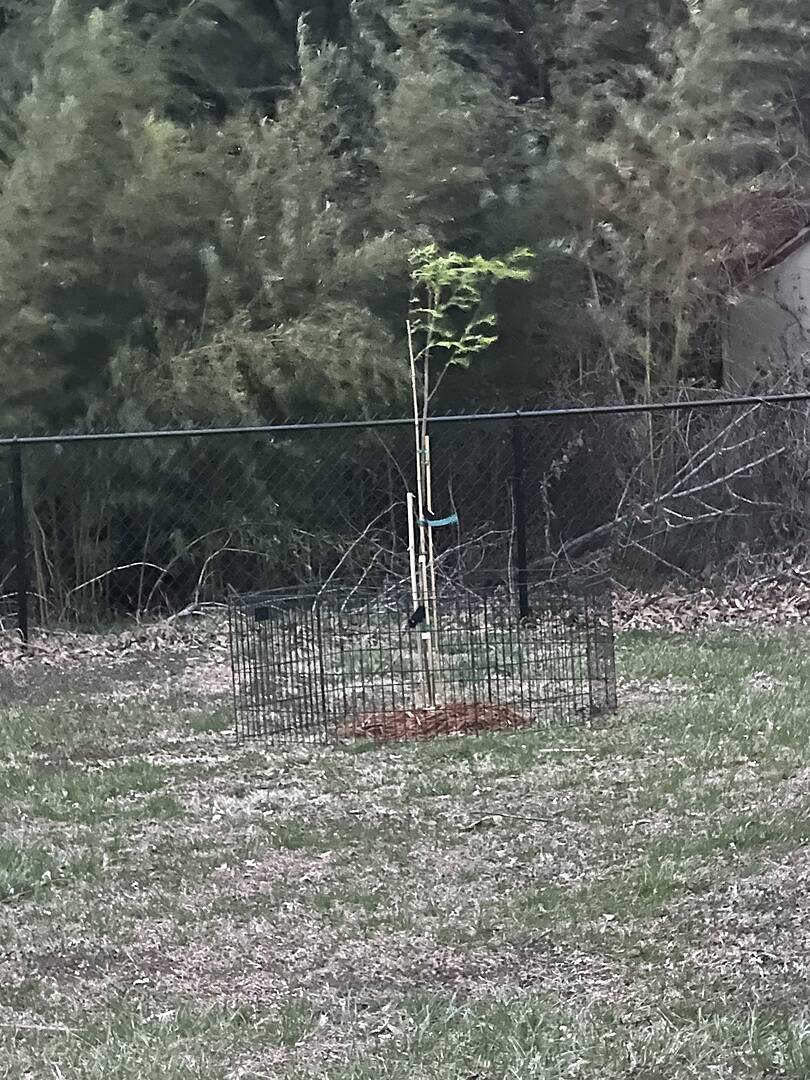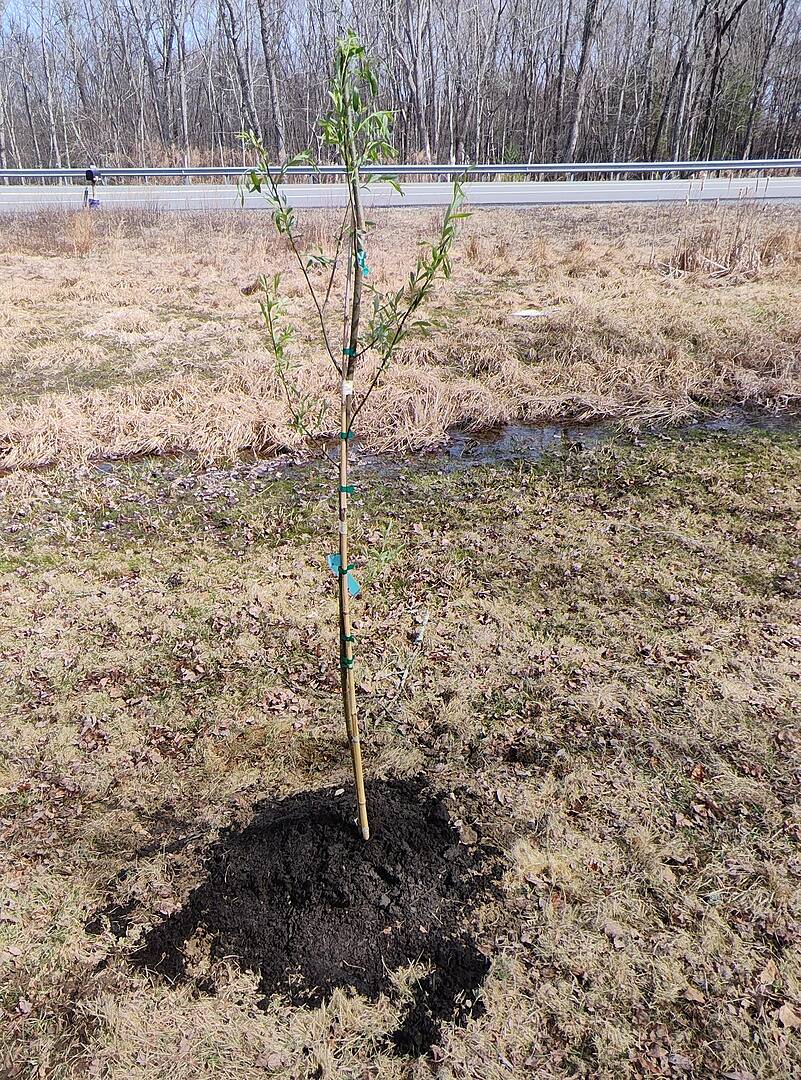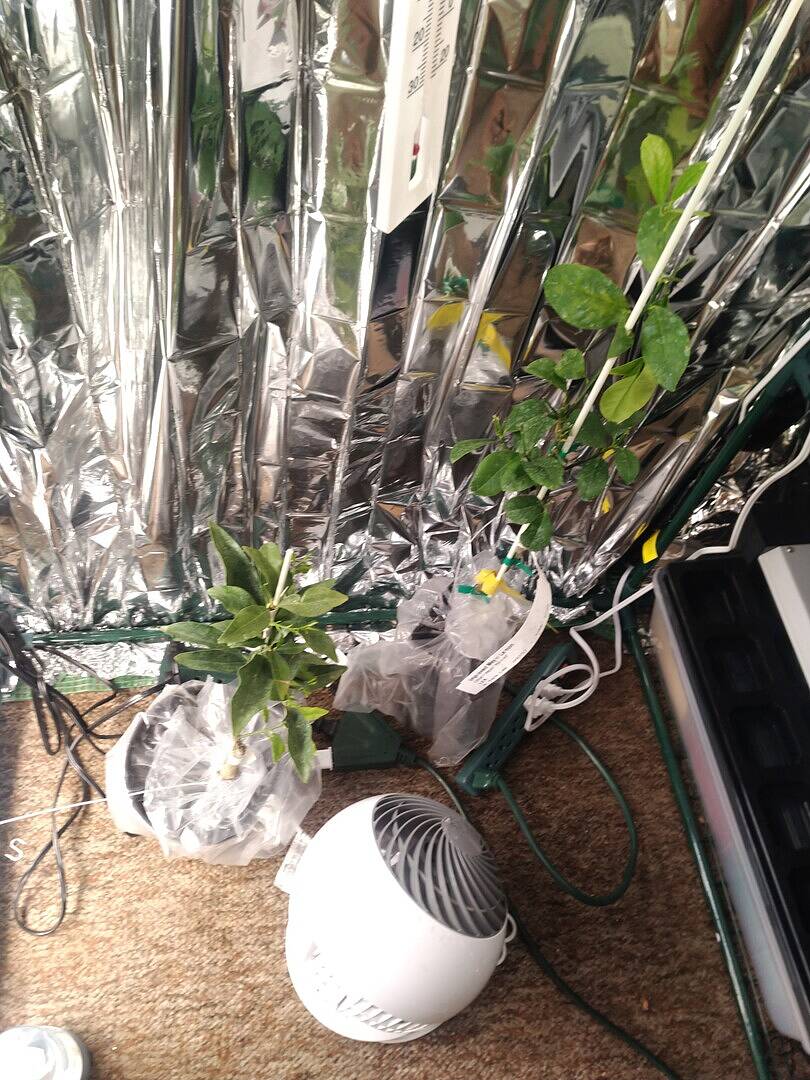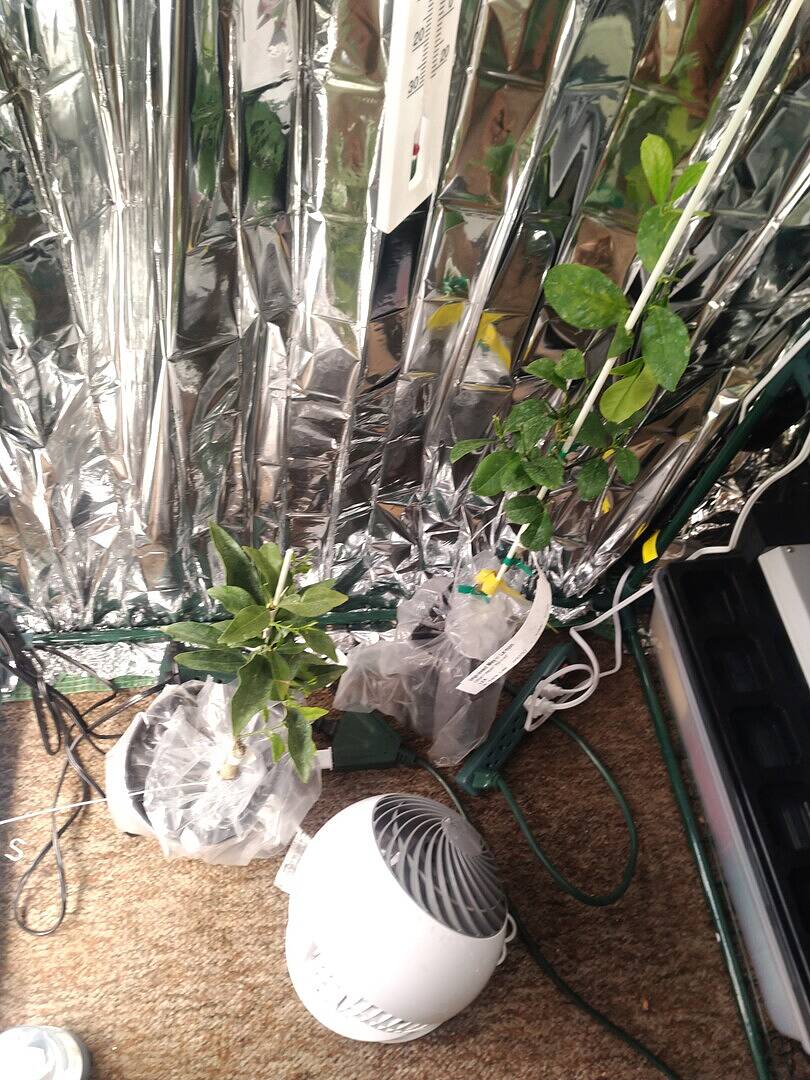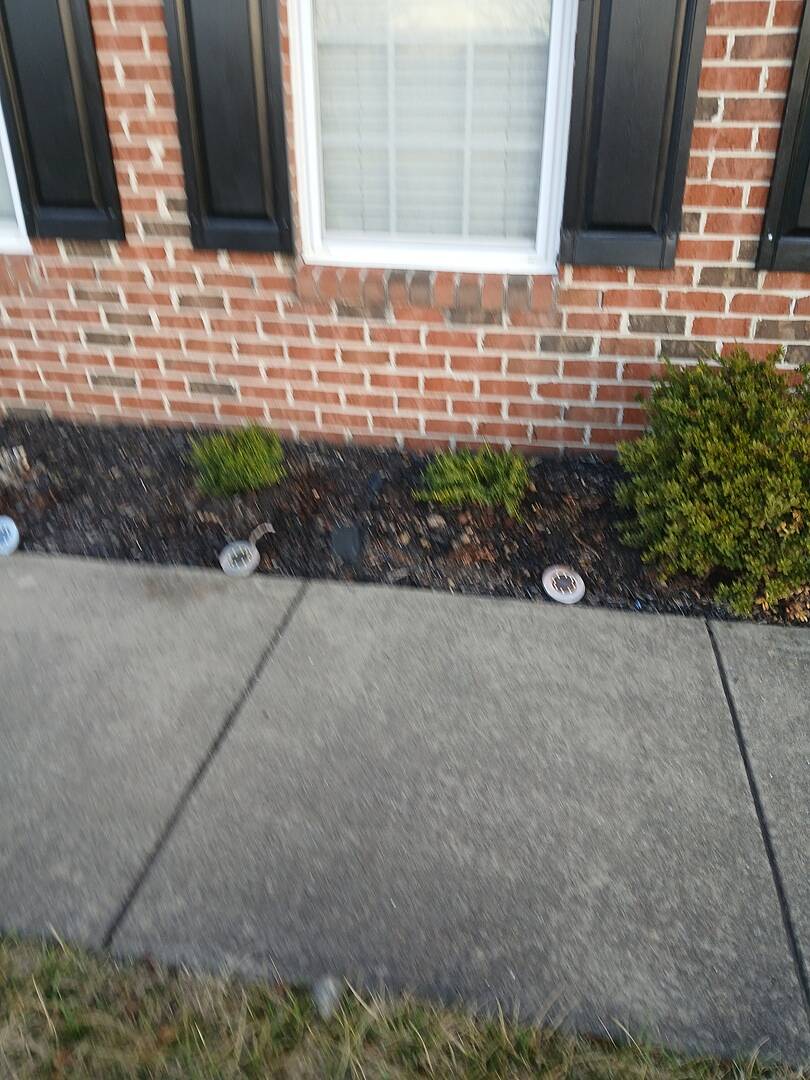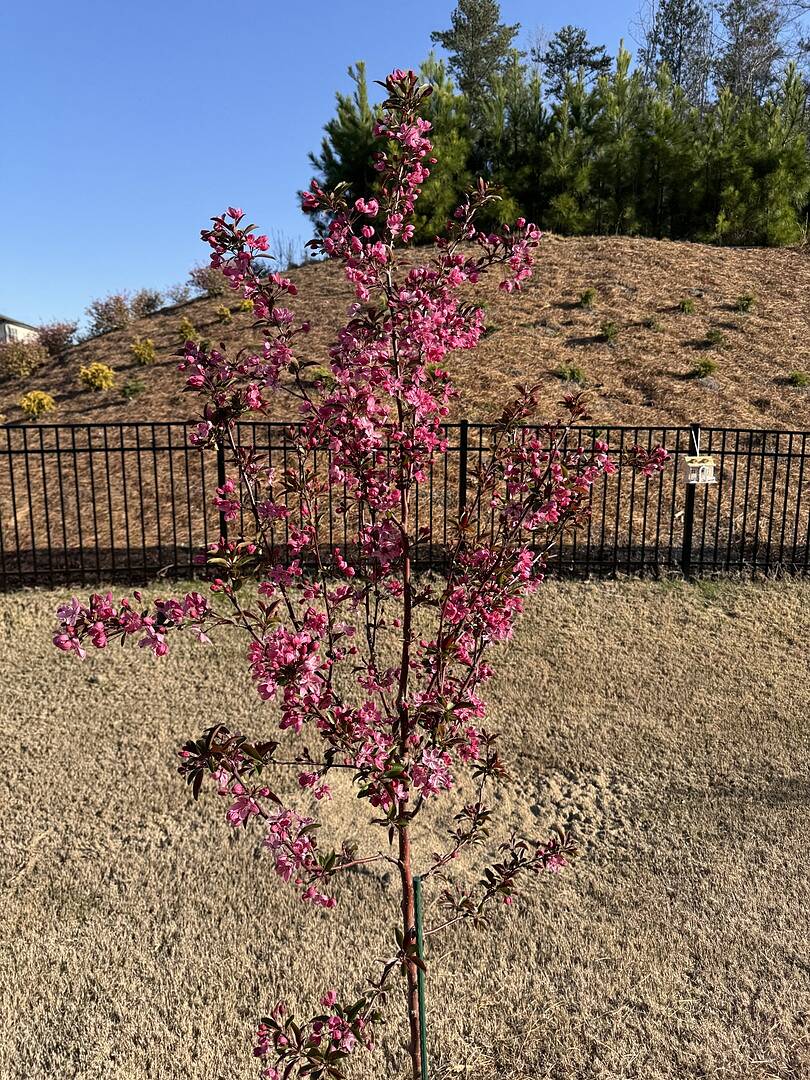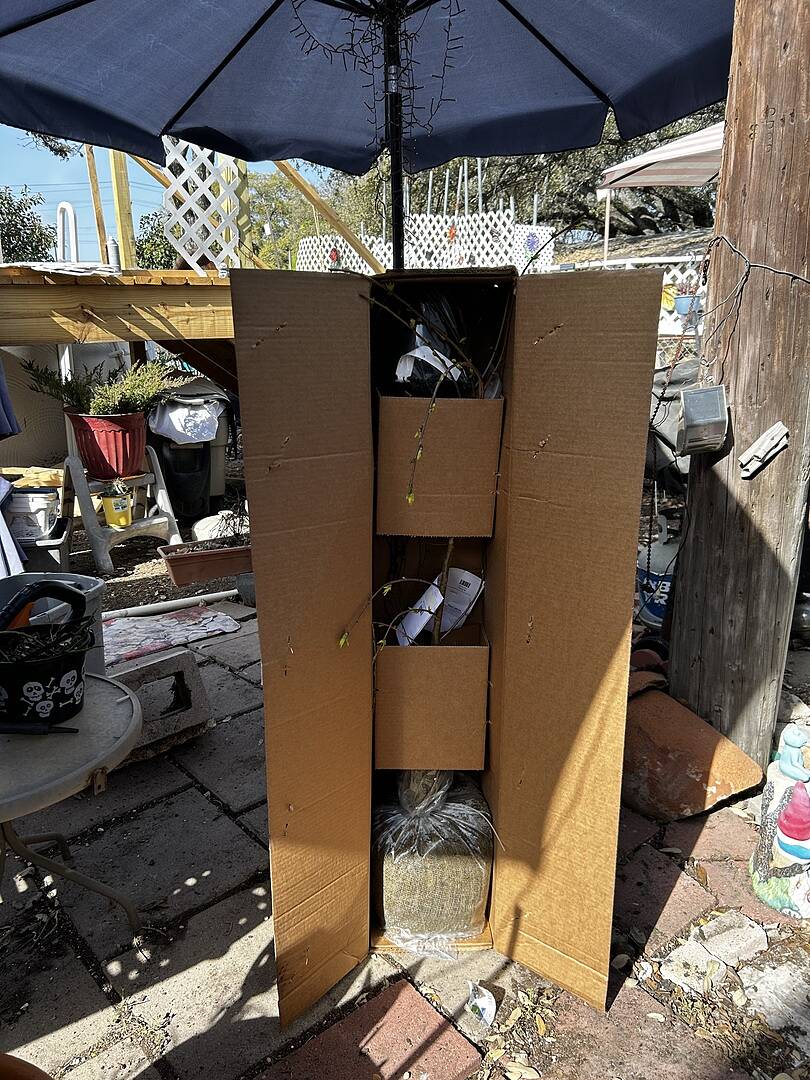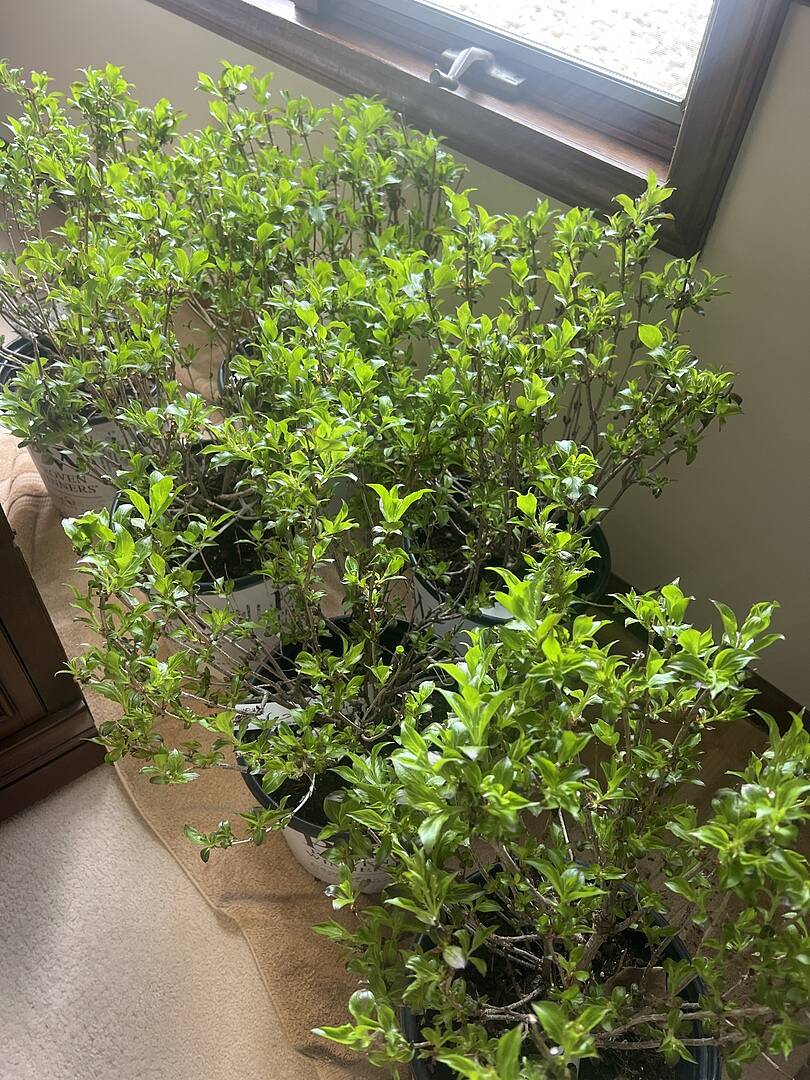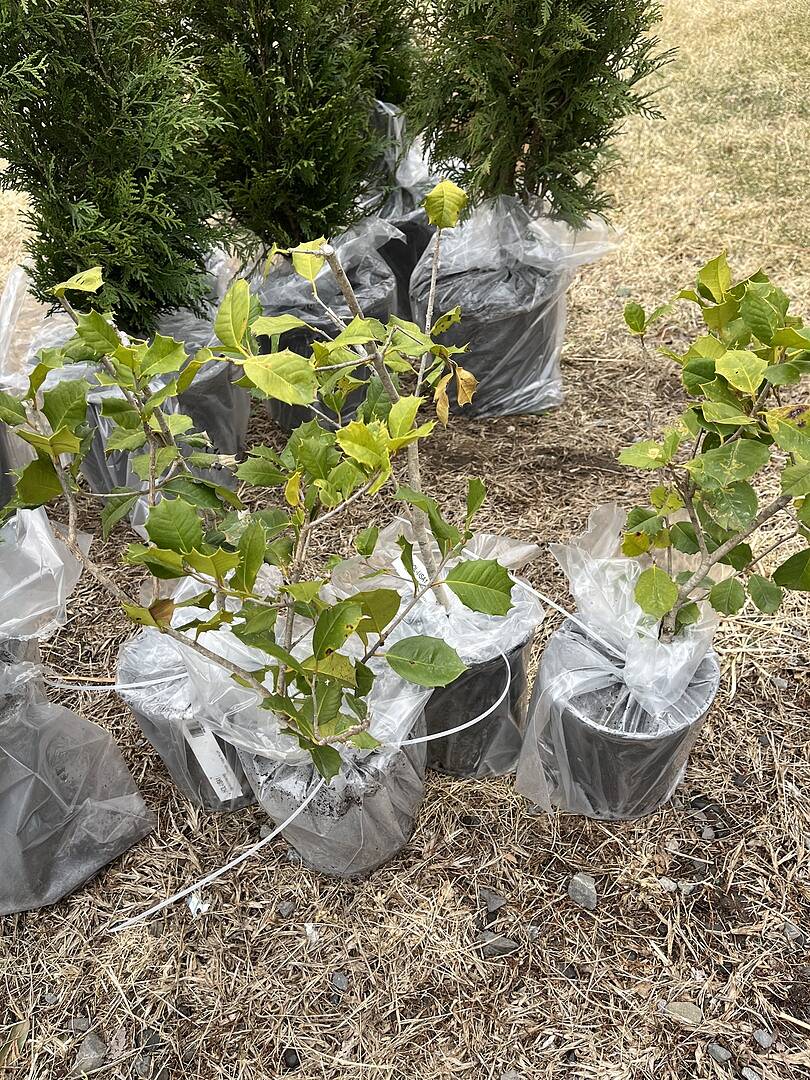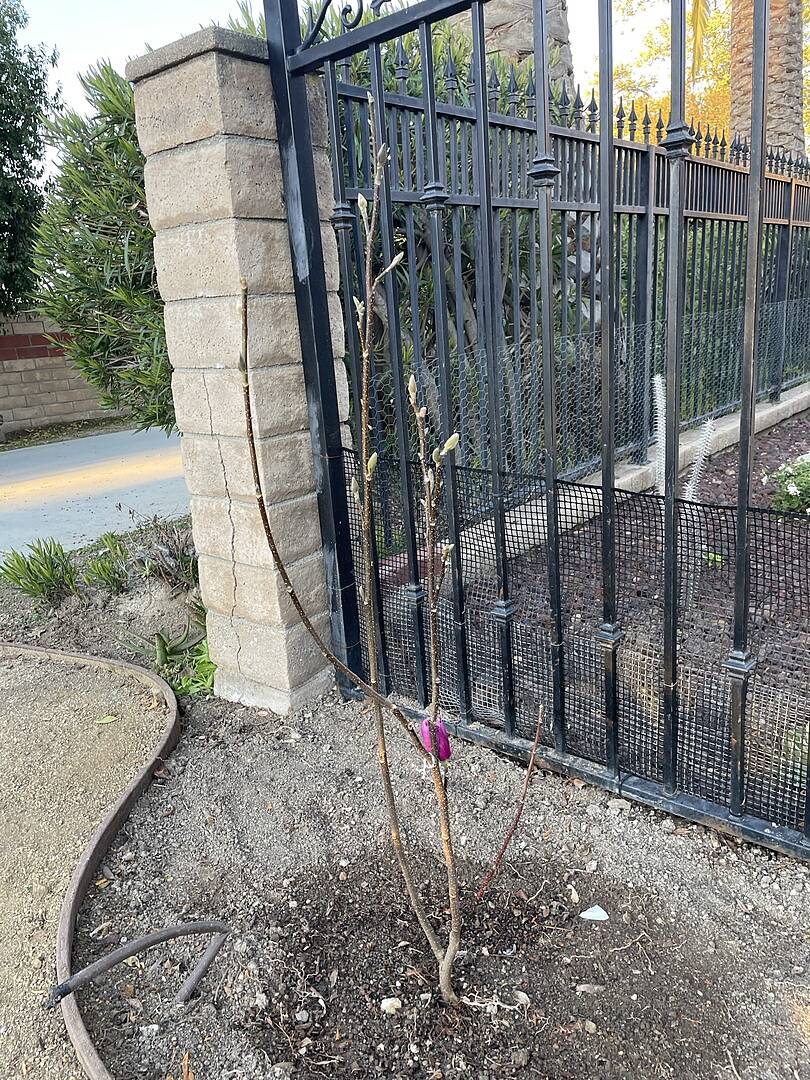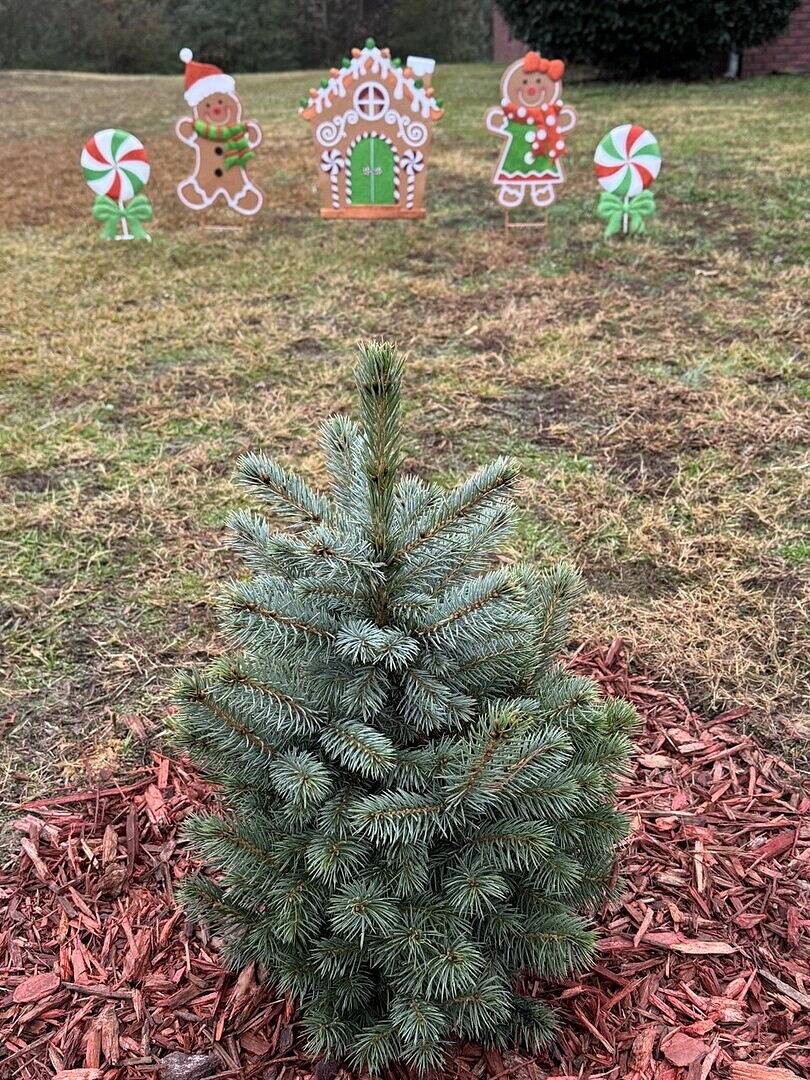Golden Raspberry California
Rubus idaeus 'Fall Gold'
-
- FREE 1-year Alive & Thrive™ Guarantee
- FREE Shipping on orders over $99
- In stock
Select size
Last chance for extra spring savings!
Add this item to cart and get 20% OFF on your order with code GROW20
| Discount level | Cart total |
|---|---|
20% OFF | No minimum |
25% OFF | $400–$599 |
| 30% OFF | $600 or more |
| Sale ends at 11:59pm on 4/7 | |
Pay in 4 interest-free installments of $25.48 with 
Customers Also Viewed
Delicious, Healthy, Golden Raspberries!
Grow delicious, sun ripened raspberries right outside your door in California! This vigorous plant produces plump, juicy raspberries that are golden in color.
You'll enjoy lots of ornamental value as well—and you can plant them anywhere in your California landscape!
These raspberries are high in antioxidants, considered vital for good health.
You can expect to harvest your berries anywhere from late June through October... enjoy months of these delicious, healthy raspberries!
This is a hardy plant that adapts to just about any type of California soil and prefers a sunny spot in your garden. Tolerates cool weather and drought better than most raspberry plants. Compact height allows the Fall Gold to work well in even the smallest California landscapes.
NOTE: This product is specific to California. Find Golden Raspberry Bushes available in other states.
Full Planting & Care Instructions
Product Details
| Mature Height: | 2-3 ft. |
| Mature Width: | 1-2 ft. |
| Sunlight: | Full Sun |
| Growth Rate: | Moderate Growing |
| Harvest Time: | Summer, Fall |
| Year to Bear: | Can Fruit the 1st Year! |
| Botanical Name: | Rubus idaeus 'Fall Gold' |
| Does Not Ship To: | AZ |
| Grows Well In Zones: | 4-9 outdoors |

Growing Zones: 4-9 outdoors
(hardy down to -20℉)
Customer Reviews & Photos
Based on 0 reviews


















